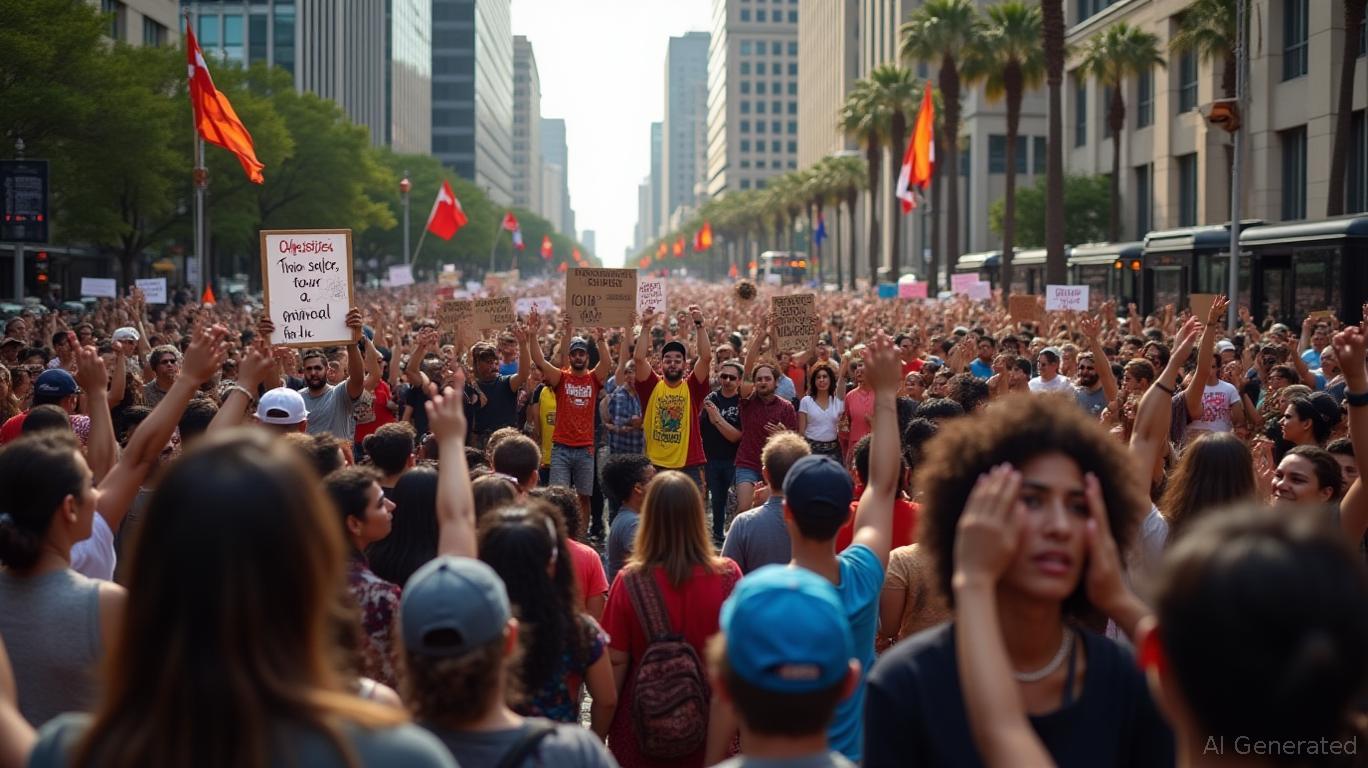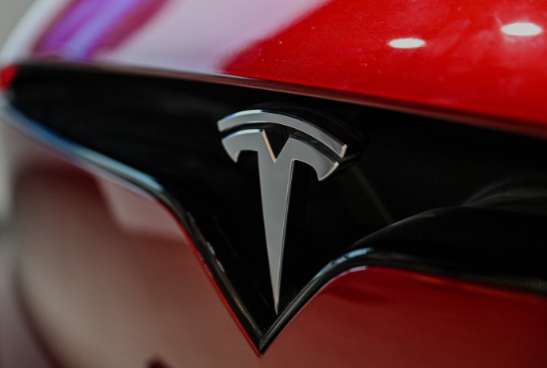Why Tech Innovation is the Ultimate Hedge Against Tariffs: Nouriel Roubini's Bold Prediction
In a world bracing for the economic fallout of President Trump’s 2025 "Liberation Day" tariffs, economist Nouriel Roubini offers a contrarian perspective: technology, not trade policy, will ultimately dictate the U.S. economy’s trajectory. His thesis—“Tech Trumps Tariffs”—argues that the AI revolution, quantum computing, and robotics will drive long-term growth far beyond the reach of protectionist measures. For investors, this means betting on innovation over geopolitical noise.

The Tariff Threat: Short-Term Pain, Not Long-Term Doom
Roubini acknowledges the immediate risks of the 2025 tariffs, which raised U.S. effective tariff rates to 29%—nearly double Great Depression-era levels. These tariffs, he warns, could shave 0.5–0.75% off U.S. potential growth by . They also risk triggering a 60% probability of a mild recession in 2025 due to higher inflation and global demand shocks. For context, show baseline growth dropping from 2% to 1.25–2.25% without tech-driven productivity gains.
Yet Roubini sees these risks as temporary. The real game-changer? Artificial intelligence.
The Tech Boom: A 4% Growth Engine by 2030
Roubini estimates that AI adoption alone could boost U.S. potential GDP growth to 4% by 2030—a full 200 basis points above current levels—while quantum computing and automation add further tailwinds. This "exponential revolution," he argues, dwarfs the 50–75 basis points of drag from even the worst-case tariff scenario.
At the heart of this boom are the "Magnificent Seven" tech giants: Apple, Amazon, Alphabet, Meta, Microsoft, NVIDIA, and Tesla. These firms are racing to dominate AI, with capex surging to avoid obsolescence.
Why Tariffs Can’t Stop the Tech Train
- Global Innovation Ecosystem: While tariffs target trade flows, AI’s value lies in its systemic impact. For example, NVIDIA’s AI chips aren’t just a product—they’re foundational to industries from healthcare to autonomous vehicles.
- Private Sector Velocity: The "arms race" for AI talent and patents moves faster than political cycles. Roubini notes that even if "a clown or Mickey Mouse ran the U.S.," tech firms would still invest in AI to stay ahead.
- Geopolitical Safeguards: The U.S. retains structural advantages: energy independence, a services-driven economy, and $2.3 trillion in annual tech R&D spending (as of 2024).
Navigating the Trade War Crossroads
Roubini outlines two paths for tariffs:
- "Escalate to De-escalate" (60% probability): Negotiations reduce tariffs to ~50% of initial rates, avoiding a full-blown recession.
- "Permanent Escalation" (40% probability): Tariffs remain at 75% of initial levels, triggering stagflation and a global recession.
For investors, the latter scenario is a tail risk. Roubini’s confidence hinges on market discipline: falling bond yields, equity selloffs, and a weaker dollar will pressure Trump to negotiate, as his base prioritizes economic stability over symbolic "victories."
The Investment Playbook: Tech First, Tariffs Second
- AI Leaders: The Magnificent Seven are the core. NVIDIA’s stock, for instance, has surged 35% since 2023 on its AI chip dominance.
- Global Tech Adopters: Europe and Asia must adapt or stagnate. shows the U.S. leads in both adoption and innovation.
- Inflation Hedges: For short-term volatility, pair tech exposure with TIPS or gold.
Conclusion: The AI Era is Here—Investors Should Follow the Code, Not the Tariff
Roubini’s data is unequivocal: U.S. tech-driven productivity gains could add 200 basis points to growth by 2030, while tariffs could subtract a mere 50–75. This math makes tech stocks a near-term buffer and a long-term growth engine.
The 2025 tariff panic has already priced in 50% recession risks, yet the NASDAQ—home to the AI revolution—has held firm. Investors ignoring Roubini’s thesis risk missing the defining trend of the decade: technology, not trade policy, is the ultimate economic lever. As the economist warns, "the private sector’s pace of innovation outstrips political cycles." The question is no longer whether to bet on tech—it’s how fast to load up.
Example of tech resilience: Tesla’s share price rose 28% in 2025 despite tariff fears, as AI advancements in autonomous driving and battery tech fueled demand.
In the end, Roubini’s "Tech Trumps Tariffs" isn’t just a slogan—it’s a roadmap for navigating the next economic era.










